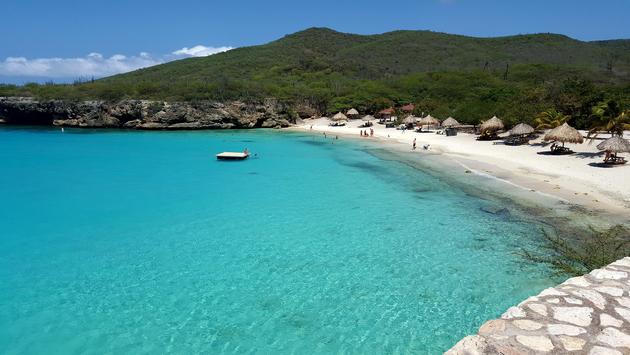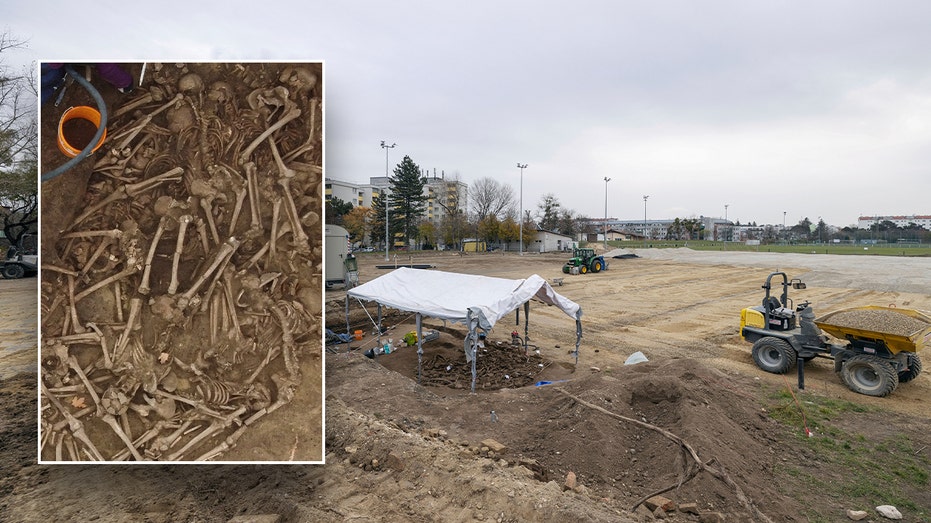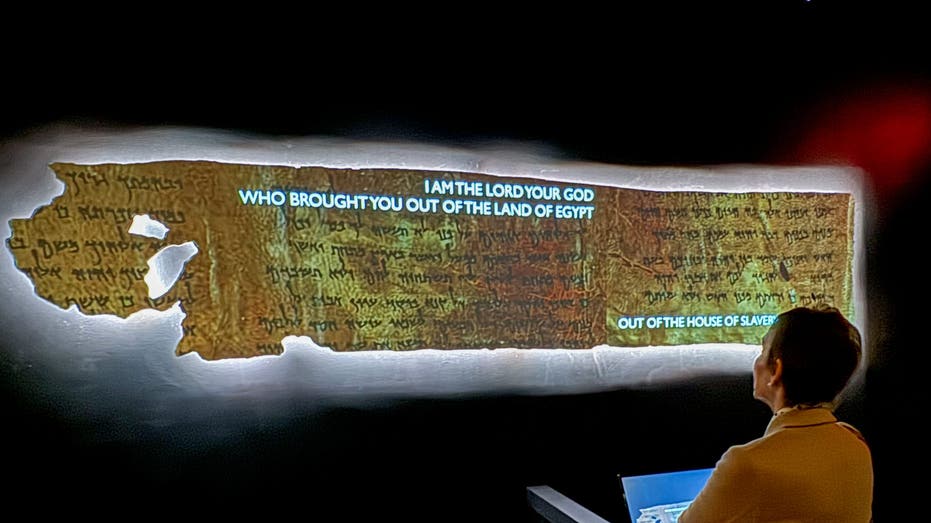- by foxnews
- 08 Apr 2025
International Black History Sites Everyone Should Know
Caribbean and Latin American locations are linked to African American history.
- by travelpulse
- 11 Feb 2022
- in travel

Black History Month celebrates African Americans' legacy of struggle and achievement throughout the United States' episodic 244-year history. For travelers, the February celebration also provides a roadmap for uncovering domestic sites connected to Black history.
Yet travelers in the Caribbean and South America can also find contemporary sites tied to Black history, most notably the transatlantic slave trade through which millions of Africans were forcibly introduced to the Americas.
The sites are both sobering and hopeful. Some chronicle horrific events including slave revolts and the plantation system's innate cruelty. Others chronicle lesser-explored aspects of post-slavery rebuilding and celebrate examples of progressive initiatives to bring African, American and European colonial cultures into greater harmony.
Visitors in several Caribbean and South American nations - including Brazil, Curacao, Martinique and Nevis - can explore these important locations via organized tours or through independent exploration, as all are located within major tourist districts.
Here are four international sites tied to Black history in the Americas:
Other layers represent the subsequent Empress' Wharf, built in 1843. The construction features a beachfront covered with paving made of hewn stones forming a ramp and steps leading down to the sea.
UNESCO officials describe the Valongo as "The most important physical trace of the arrival of African slaves on the American continent," which "therefore carries enormous historical as well as spiritual importance to African Americans." The organization's World Heritage Site designation for Valongo Wharf commemorates its painful history.
"It is a site of conscience," according to officials, "which illustrates strong and tangible associations to one of the most terrible crimes of humanity, the enslavement of hundreds of thousands of people creating the largest forced migration movement in history."
The site is maintained by local groups but remains in need of additional rehabilitation and development promised following the excavation, an issue that is still under debate in the country. Nevertheless, travelers can easily arrange visits to the site.
Located amidst quiet beaches and a flamingo reserve on Curacao's south coast is a monument at the spot where one of the Caribbean's most famous slave rebellion leaders was executed.
Tula was an enslaved African who became aware of the 1791 Haitian revolt that ultimately led to the freedom of that island's enslaved population. With fellow slaves Louis Mercier, Bastian Karpata, and Pedro Wakao, he launched what became known as the Curacao Slave Revolt or Tula's Revolt, on August 17, 1795.
The rebellion began at the Knip Plantation in Bandabou where Tula led 40 to 50 enslaved people, who told the master they would no longer submit to bondage. By that evening Tula's group had freed thousands of slaves, who encamped on the beachfront at present-day Porto Mari, where they later defeated a Dutch attack.
Tula's forces increased as the group freed more enslaved people at other plantations. Bloody battles ensued and the revolt lasted more than a month. Colonial military ultimately defeated the rebels and Tula was captured and tortured to death on October 3, 1795. His fellow revolt leaders were executed while other enslaved people were killed in a retaliatory massacre.
Following the rebellion's suppression, Curacao's government granted some rights to enslaved people in an effort to avert another uprising. Slavery was finally abolished in Curacao in 1863.
The restored ruins of Nevis' 19th century Cottle Church lacks pews, stained glass windows and even a roof. Yet it is frequently mentioned as a favorite site among residents and travelers aware of its singular role in Caribbean history.
Thomas Cottle, an English colonial planter and owner of the Round Hill estate, built his church in 1824 as a Christian house of worship where his family and slaves could worship together. With slavery in effect and interracial worship unheard of, an outraged Anglican Church refused to recognize the house of worship.
Today, the hand-built structure features an archetypal Anglican cross-shaped layout. Attached to the rear wall is a plaque inscribed with the names and ages of enslaved congregation members. The names African-born members noted with an asterisk; enslaved members with two names carried the last names of their owners.
"It's my favorite site on Nevis; it speaks to our history, which must be highlighted and dealt with in a genuine way," said Nevis native Greg Phillip, a former CEO of the Nevis Tourism Authority and now operator of Nevis Sun Tours. The structure has become a setting for destination weddings, said Phillip. The location is particularly appropriate for interracial couples, he added.
La Savane des Esclaves in the resort town of Trois Ilets on Martinique is a two-hectare farm and museum owned and operated by native Gilbert Larose. The working farm replicates a post-slavery indigenous village with traditional houses built of palisades wood with beaten earth floors and cane-leaf roofs.
La Savane's lush and hilly grounds are filled with native trees and plants. Yams, sweet potatoes, manioc, corn, pineapple, guava and bananas are cultivated using traditional manner without chemicals or pesticides. Gardens also feature medicinal plants used for hundreds of years by Caribbean natives to treat illnesses and injuries.
Other exhibits document traditional construction techniques and the manufacturing processes used to fashion cacao sticks, cassava with manioc flour and sugarcane juice. La Savane is open daily except for Sundays.
Unlike some present-day American and Caribbean plantations which sparingly (if at all) reference the reality of slavery for all of the inhabitants, La Savane's museum offers a frank and brutally accurate documentation of slavery in Martinique.
Paintings, sculptures and historical drawings document the incredible cruelty and violence of the slave-based agricultural economy, depicting Africans' capture and transport across the Atlantic Ocean and their sale on auction blocks into lives of bondage. The exhibits also include chilling scenes of slave insurrections and revolts.
Nevertheless, La Savane is surprisingly uplifting as it also chronicles the Caribbean slave population's transition to free people following slavery's end in Martinique. The institution's harsh reality led men including French abolitionist writer Victor Schoelcher to press for slavery's end, and in 1848 the institution was abolished in Martinique.
- by foxnews
- descember 09, 2016
Ancient settlement reveals remains of 1,800-year-old dog, baffling experts: 'Preserved quite well'
Archaeologists have recently unearthed the remarkably well-preserved remains of a dog from ancient Rome, shedding light on the widespread practice of ritual sacrifice in antiquity.
read more




